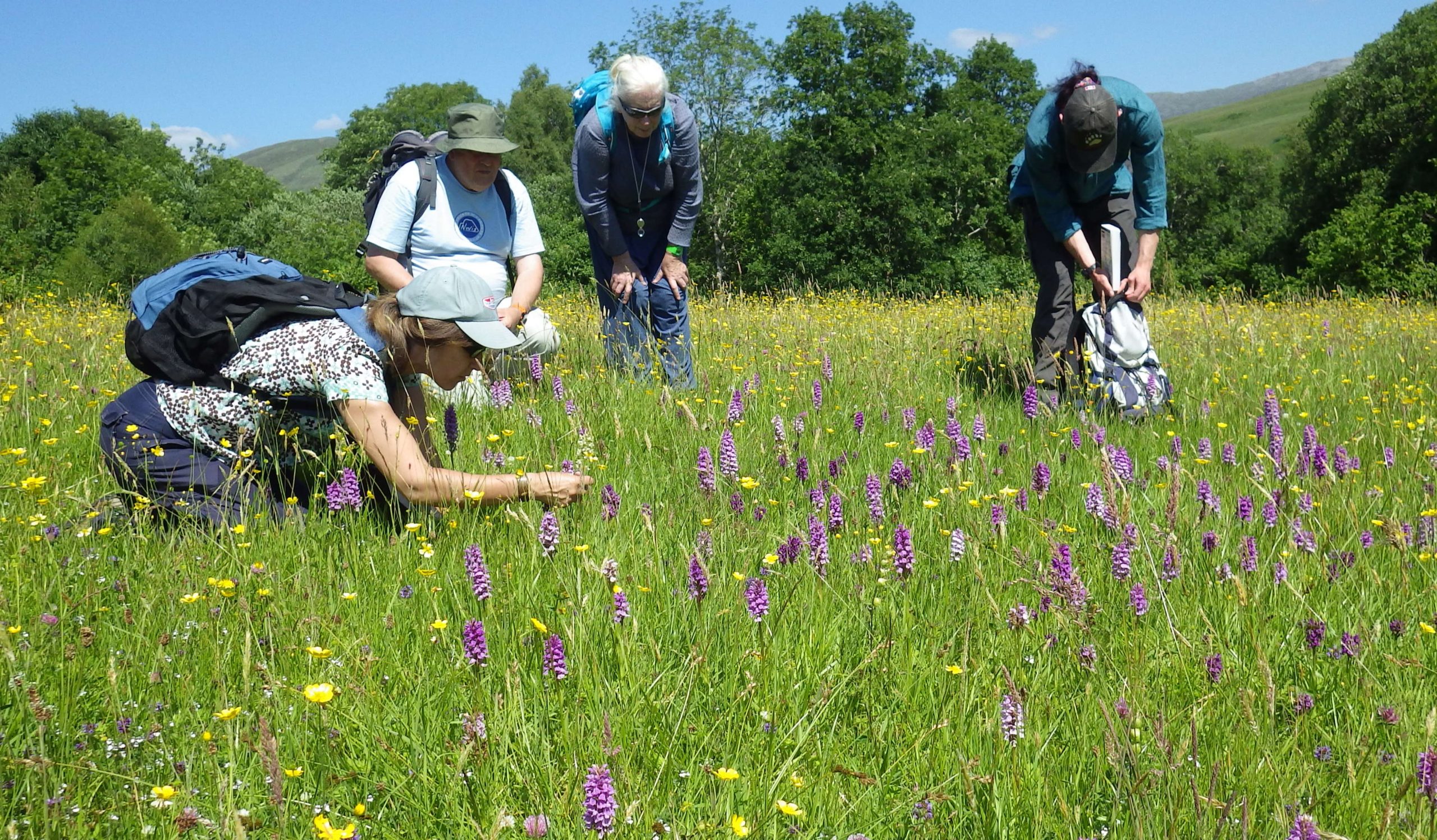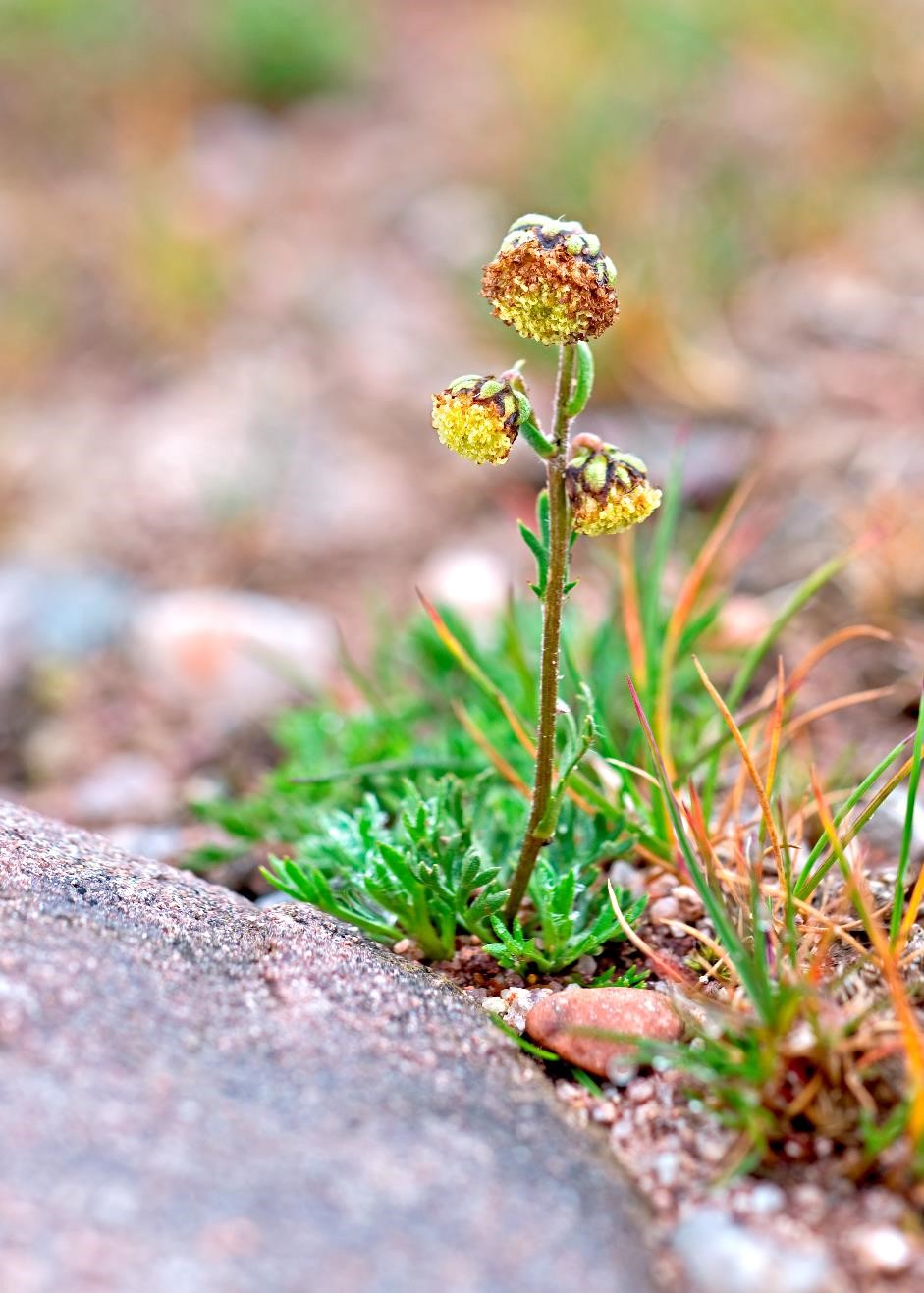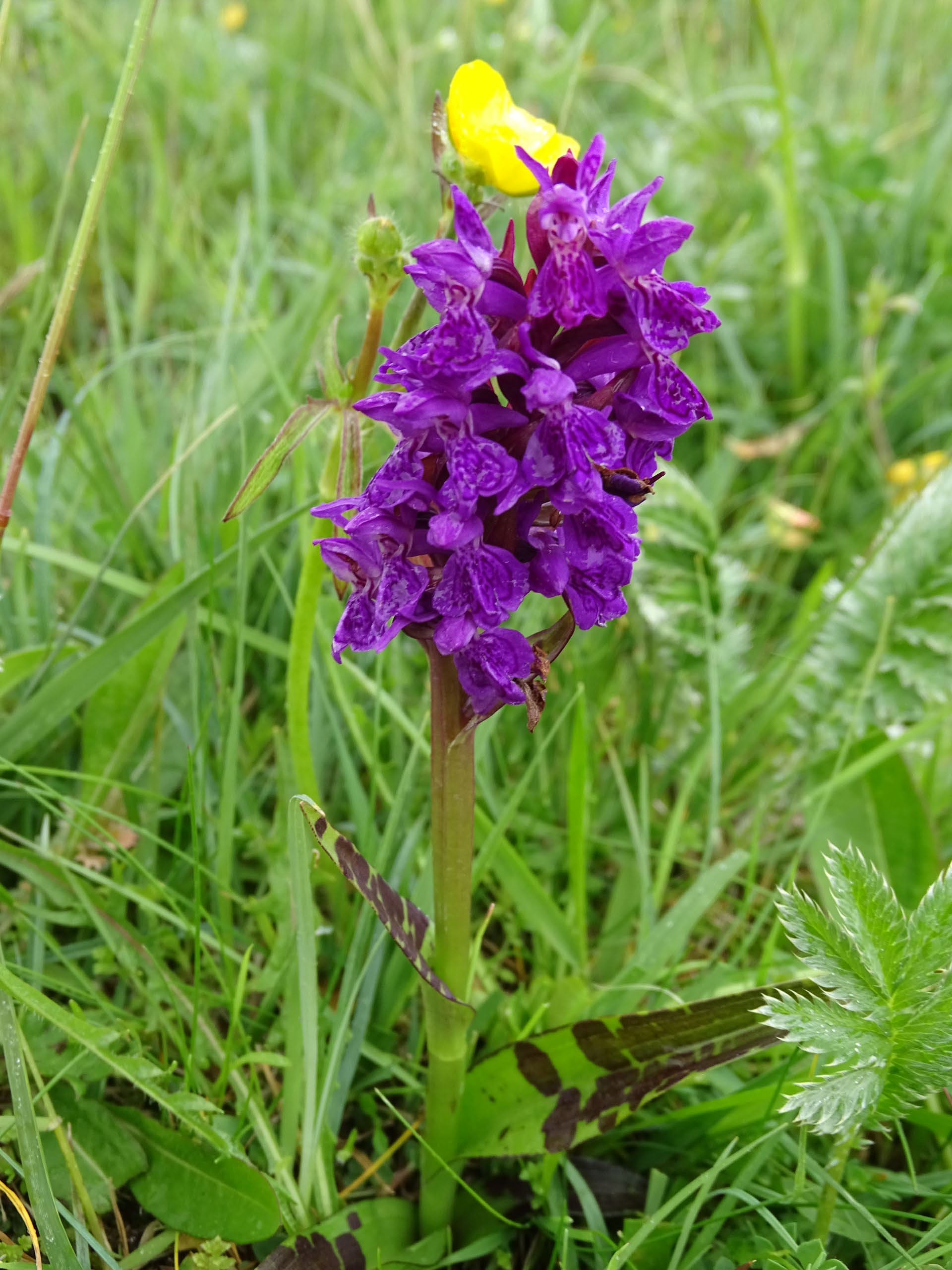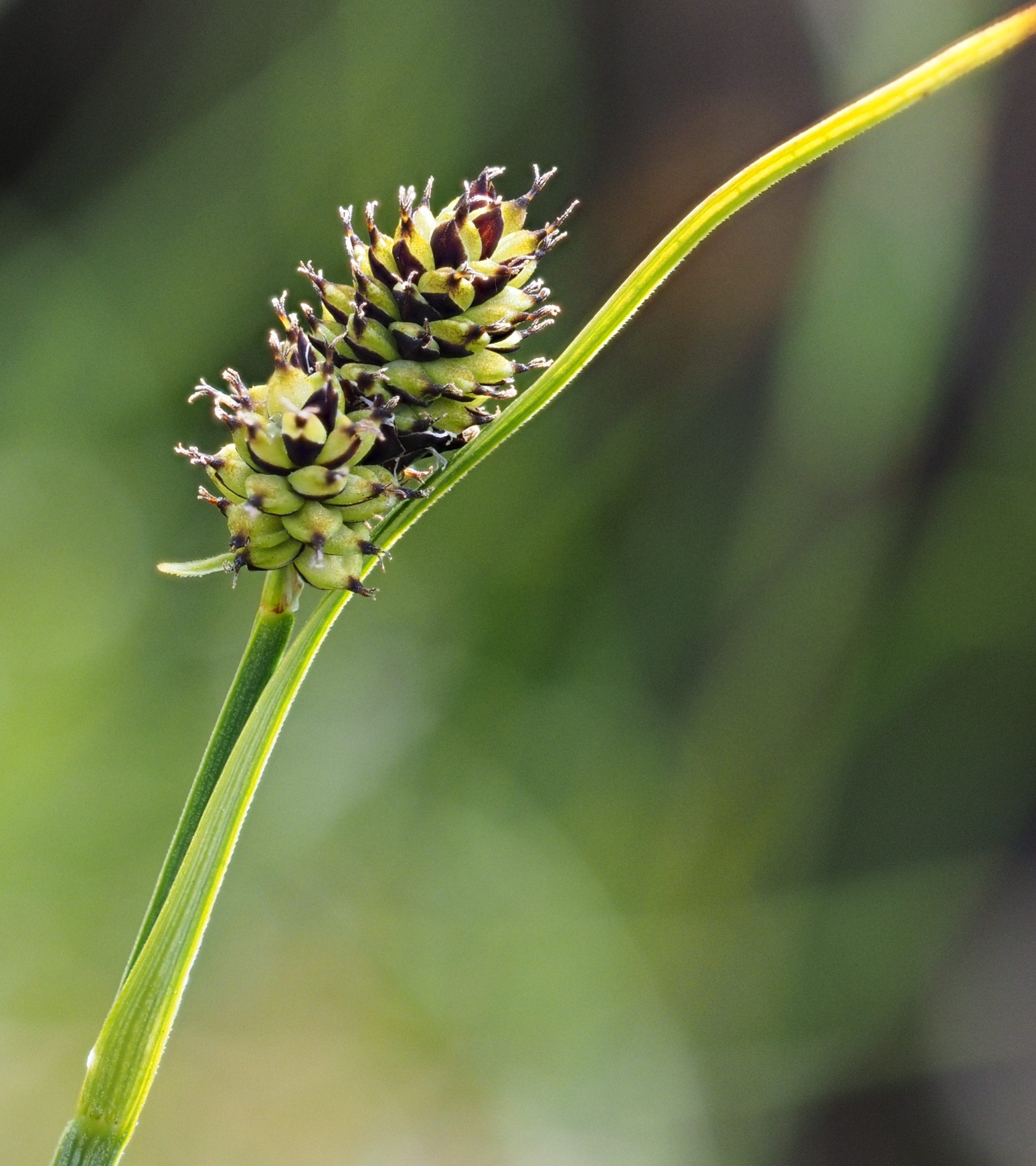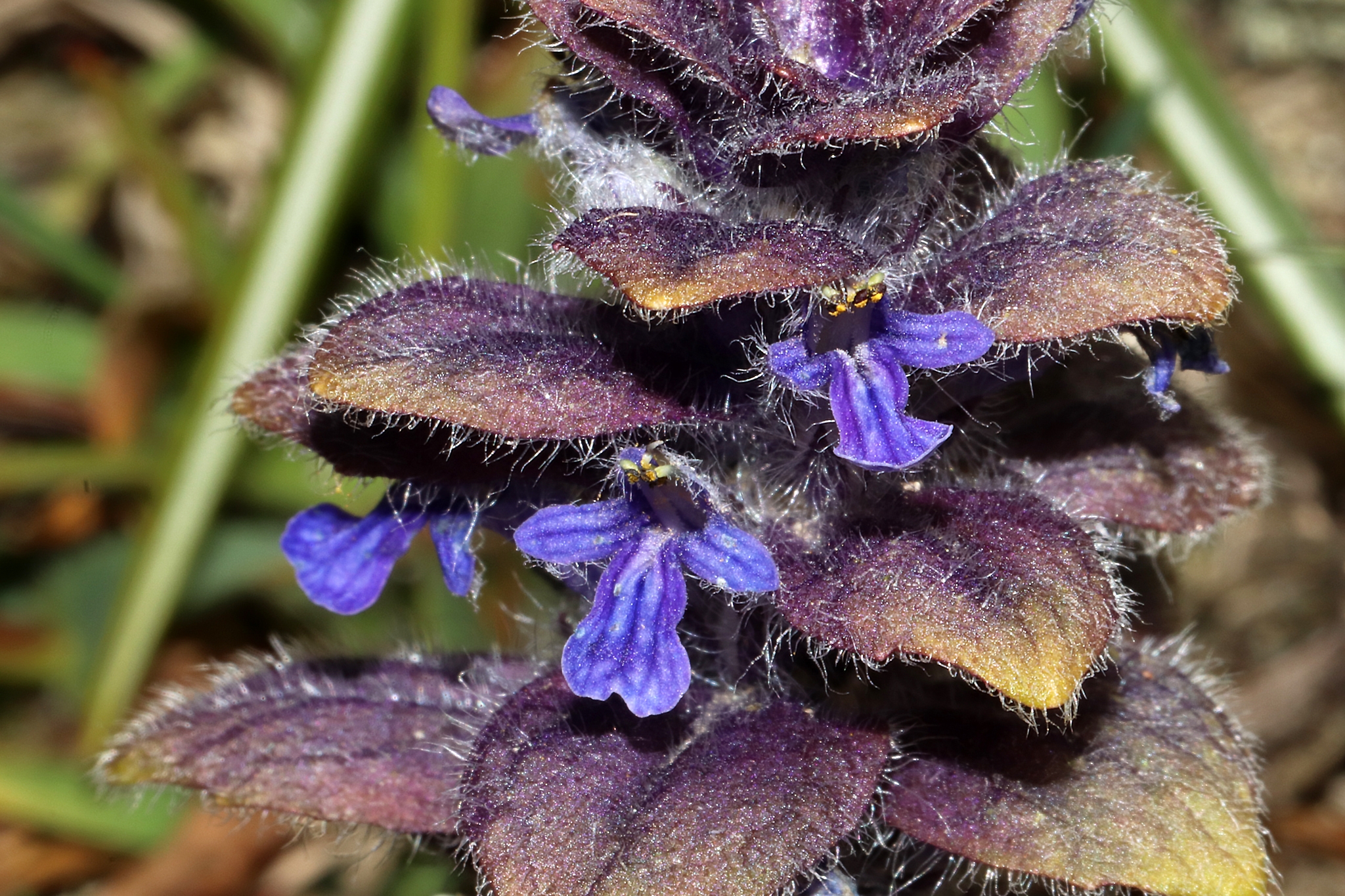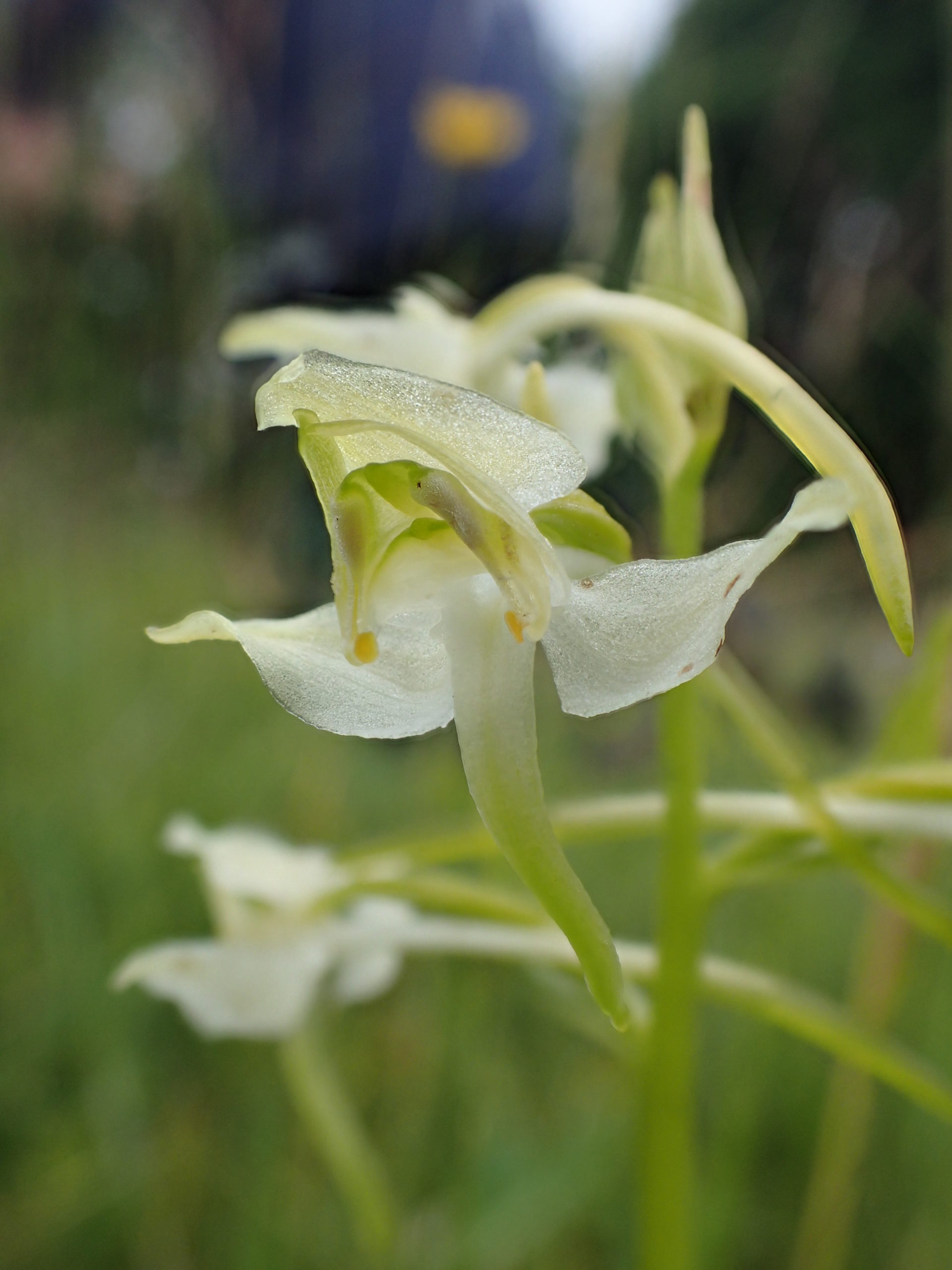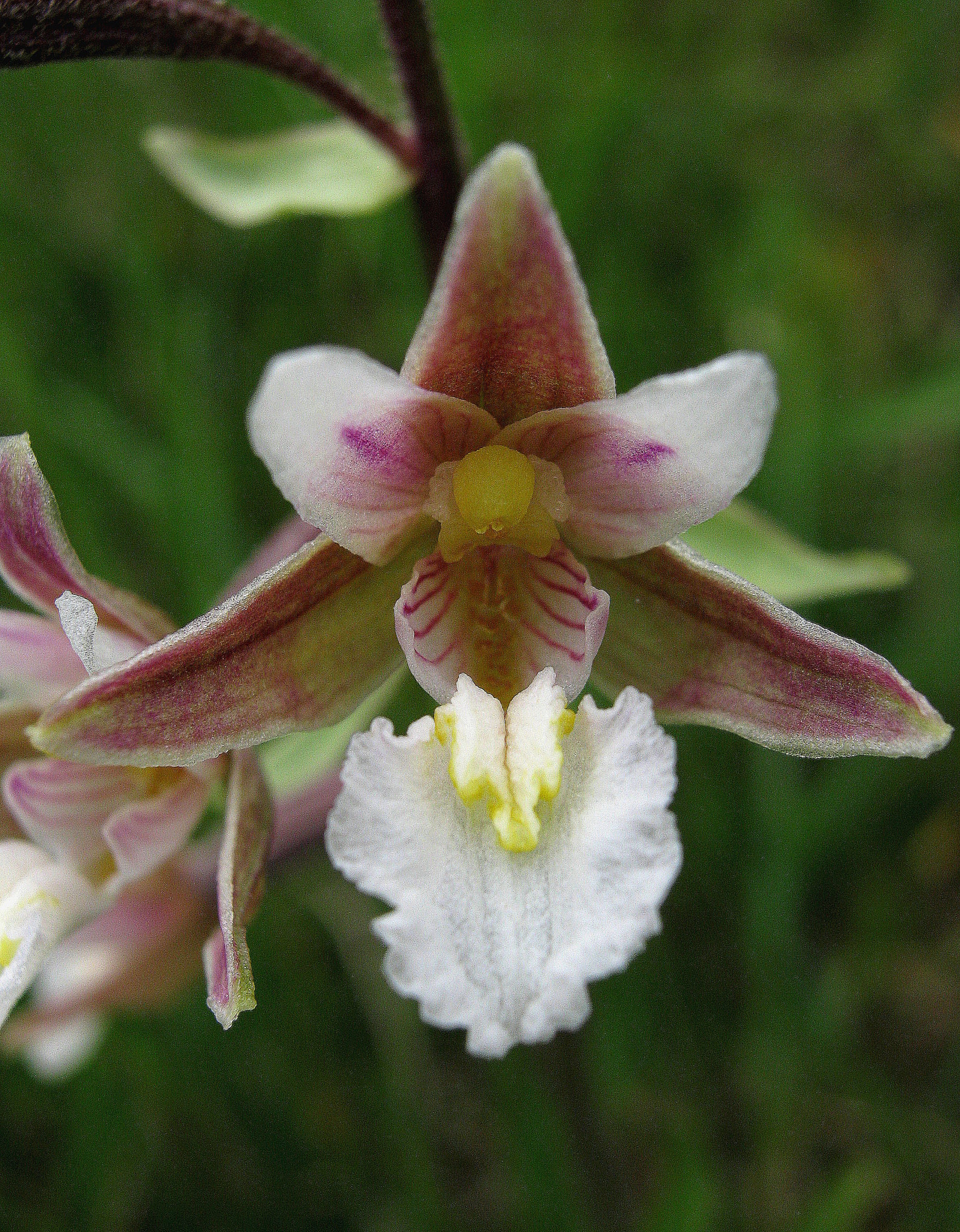The Scottish HectAd Rare Plant Project (SHARPP) is a three-year initiative to learn more about notable Scottish plant species. It uses a similar population monitoring approach as the BSBI’s Threatened Plant Project.
Aims
- To resurvey populations of notable Scottish plant species not recorded since 2000 – despite over 20 years of intensive survey effort for Atlas 2020
- To collect information that will inform future national and local status assessments (e.g., County Rare Plant Registers) and improve our understanding of their ecology and reasons for decline.
Project Video
This talk on the Scottish HectAd Rare Plant Project, given at the Scottish Spring Conference in March 2021 gives background and an overview.
Key points
- Search for notable Scottish plant species populations in 10 km squares (hectads) where they have not been recorded since 2000
- Focus on particular hectads with clusters of such records
- Aim to visit at least one hectad in each county in each year…
- To try to refind and record the target populations in it…
- Collecting information on a special recording card…
- Involving local members and groups
Which species?
We’d like you to target plant species in the GB Red Data List (top four categories), National Status (Nationally Rare & Scarce), Scottish Biodiversity List and (optionally) in the County Rare Plant Register. You can see a full list of taxa in any of these checklists in the BSBI Database by clicking the link above, the “Items” tab then the “Taxon” or “Data” headers to sort. Here is a summary:
| Category | Abbreviation | Number of taxa in Scotland |
| GB Red Data List: Critically Endangered | CR | 2 |
| GB Red Data List: Endangered | EN | 31 |
| GB Red Data List: Vulnerable | VU | 87 |
| GB Red Data List: Near Threatened | NT | 65 |
| National Status: Rare | NR | 196 |
| National Status: Scarce | NS | 152 |
| Scottish Biodiversity List | SBL | 212 |
| Total number of distinct species | 453 |
Which squares?
Would County Recorders please use the BSBI Database to identify their own target squares and species. To do that:
- Click this BSBI Database query,
- change the VC to yours (in the first part of the query only),
- run the query by clicking “display results”
It is worth saving this page as a favourite in your browser, giving at a memorable name like “SHARP” so you can return to it easily.
Then
- Click the ‘Number of taxa specified in the query’ header twice to sort them from highest to lowest, then
- click the actual number of species to see the target species records in that particular hectad to refind, and
- finally download the records so you can see any additional details for the records. If you tick the "conservation status" box, before you download, details of conservation status will be included.
- Choose a convenient hectad with a large number of interesting species to refind!
Detailed Records
We would like you to collect much more than just present / absence information, by using a special *UPDATED* SHARPP recording form which asks for detailed information on population size, extent, habitat, associated species, as well as threats and more. This *UPDATED* recording form version can be downloaded and completely digitally, if preferred.
Report all species searched for, found or not
It is just as important to complete the form - at least as far as the “Not refound” section - when a species has not been found as when it has been found. These negative records are required to give context to the successful refinds, and can be even more informative where it's difficult to understand the reasons for decline. This is why we ask you to suggest the most likely reason as to why the species was not refound.
Where surveyors fail to find the target species, we would really them to complete the form – at least as far as the “Not refound” section and give the reason why it was not refound. These negative records can be even more informative than positive finds, especially where it's difficult to understand the reasons for decline.
Preparation
It is really important that you go out into the field well prepared after:
- reading the detailed guidance
- careful analysis of records in the BSBI Database - which County Recorders can download and supply to local botanists / groups
- searches of any paper records, floras & checklists, where available, and after
- buffing up on the target species on BSBI species accounts; the accounts in the Online Atlas of the British & Irish Flora and in identification books!
Equipment
You’ll need your handlens, GPS & spare batteries, camera, recording cards, pencils and clipboard - Weatherwriter, or clipboard and plastic covering bag.
Involving local members - and non-members
This is the perfect project for all botanists, whether member or not, either individually, in small informal groups or in recognised ‘Local Groups’. But it is essential you liaise with County Recorders. Details of County Recorders and Local Groups. By involving local botanists, County Recorders can share the load, cover more hectads - and provide interesting ID and recording learning opportunities!
Local Hectads
If you select a hectad that is local to you or others who would like to be involved, that will help minimise the project’s carbon footprint.
Data Entry
- We would like County Recorders to enter data from the recording form using their normal recording method (e.g. MapMate). Please enter "SHARP" as the reference and enter details from fields that are not offered in MapMate in its Comments field (e.g., habitat, unit counted, extent, threats & altitude).
- You'll need to add associate records separately with the same grid ref.
- Searched-for-but-not-found type records can be entered in MapMate by using "-7" (for Not Found) in the quantity field and assigning a grid reference that encompasses the area surveyed, remembering to add the possible reason why it wasn't found in the Comments field.
Safety in the field
Everyone should read this guidance on Safety in the field before taking part. Note that, as always, BSBI volunteers participate in our projects at their own risk.
Questions about the project?
Check this list of SHARPP FAQ or contact Matt Harding, BSBI Scotland Officer.
